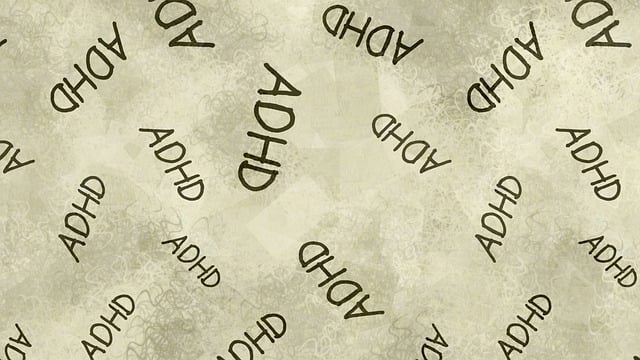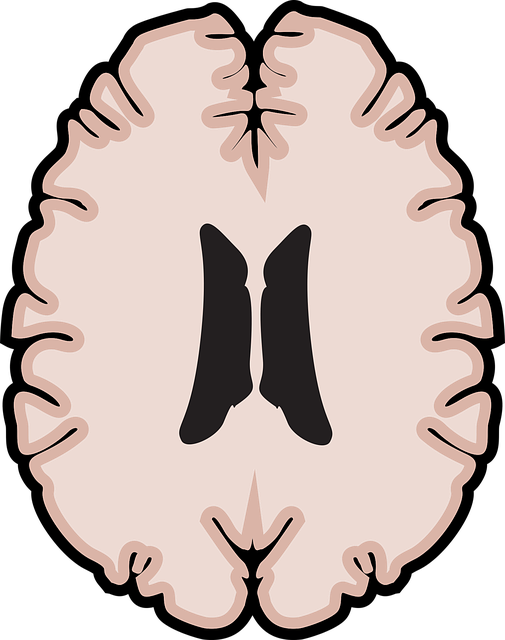Media portrayal of mental health significantly influences young children's understanding, often perpetuating harmful stereotypes that can lead to lack of empathy and increased anxiety. Accurate representations of therapy, stress reduction, and mood management strategies can foster positive attitudes towards mental well-being. Creative therapies like art, music, or play therapy are crucial in addressing interpersonal issues, while community outreach programs and healthcare provider training enhance accessibility to mental health services. Media, with diverse narratives featuring relatable characters and highlighting effective therapeutic tools, can dispel myths, reduce stigma, and encourage open dialogue about interpersonal challenges, empowering young viewers to seek appropriate support.
“In an era where media influences young minds significantly, the representation of mental illness and its impact on young children is a pressing issue. This article delves into the challenges posed by media portrayals, specifically focusing on interpersonal issues, which can shape young audiences’ perceptions. We explore the power of therapy as a tool to address these concerns and offer strategic solutions to promote positive mental health representations. By understanding the media’s influence and implementing effective strategies, we aim to foster healthier mental wellness narratives for children.”
- Understanding Mental Illness Representation in Media: A Problem and Its Impact on Young Children
- The Role of Therapy in Addressing Interpersonal Issues Portrayed in Media
- Effective Strategies to Promote Positive Mental Health Representations for Young Audiences
Understanding Mental Illness Representation in Media: A Problem and Its Impact on Young Children

Media portrayal of mental illness often perpetuates harmful stereotypes, significantly impacting young children’s understanding and perception of psychological health. When kids are exposed to media that either romanticizes or trivializes mental disorders, it can lead to a lack of empathy and increased anxiety about their own emotional experiences. This is particularly concerning as early exposure to such content may influence the development of interpersonal skills and self-awareness, potentially hindering young individuals’ ability to seek help for their own mental health issues.
The representation of therapy, stress reduction methods, and mood management strategies in media can either foster a positive approach towards mental well-being or reinforce negative cycles. By showcasing accurate portrayals of professionals like therapists and the effectiveness of self-awareness exercises, media has the power to encourage young children to speak openly about their feelings and seek appropriate support. This, in turn, can lead to improved interpersonal relationships and better coping mechanisms for managing stress and mood disorders.
The Role of Therapy in Addressing Interpersonal Issues Portrayed in Media

In addressing interpersonal issues portrayed in media, therapy plays a pivotal role, particularly when it comes to young children’s mental health. Creative and expressive therapies, such as art, music, or play therapy, are effective tools for facilitating communication and helping children express their emotions, especially those experiencing trauma or social challenges. These therapeutic approaches can provide a safe space for kids to explore and navigate their interpersonal dynamics, fostering better understanding and empathy both within the therapy setting and in their interactions with peers.
A robust community outreach program implementation, coupled with healthcare provider cultural competency training, enhances the accessibility and quality of mental health services. By integrating these initiatives, professionals can better address the complex interplay between interpersonal issues and mental illness. Additionally, risk management planning for mental health professionals ensures a supportive environment where therapists can effectively utilize therapy techniques while mitigating potential risks. This comprehensive approach not only empowers young individuals to navigate their social relationships healthier but also contributes to more accurate and compassionate media representations of mental illness and interpersonal challenges.
Effective Strategies to Promote Positive Mental Health Representations for Young Audiences

In representing mental illness responsibly, media has a powerful role to play in shaping young audiences’ perceptions and fostering empathy. Firstly, incorporating diverse narratives with relatable characters experiencing various mental health challenges can help normalize conversations around emotional regulation and inner strength development. This approach ensures that young viewers see themselves reflected in media, promoting a sense of belonging and understanding. For instance, showcasing therapy for young children as an effective tool for emotional healing processes can dispel myths and reduce stigma associated with seeking professional help.
Additionally, media creators should emphasize resilience and recovery stories, demonstrating the potential for growth and positive outcomes. By doing so, they contribute to a more balanced representation that goes beyond mere illness portrayal. Encouraging open dialogue about interpersonal issues depicted in media allows for realistic discussions about mental health, empowering young audiences to recognize their own experiences or those of peers and seek appropriate support.
In addressing mental illness representation in media, therapy plays a pivotal role in countering interpersonal issues portrayed, particularly among young audiences. By employing effective strategies that promote positive mental health representations, we can foster a more inclusive and understanding society. These include enhancing sensitivity towards diverse mental health experiences, ensuring accurate and empathetic storytelling, and integrating accessible resources for young viewers seeking support. Through these efforts, media can evolve from perpetuating stereotypes to serving as a catalyst for open conversations about mental well-being.








